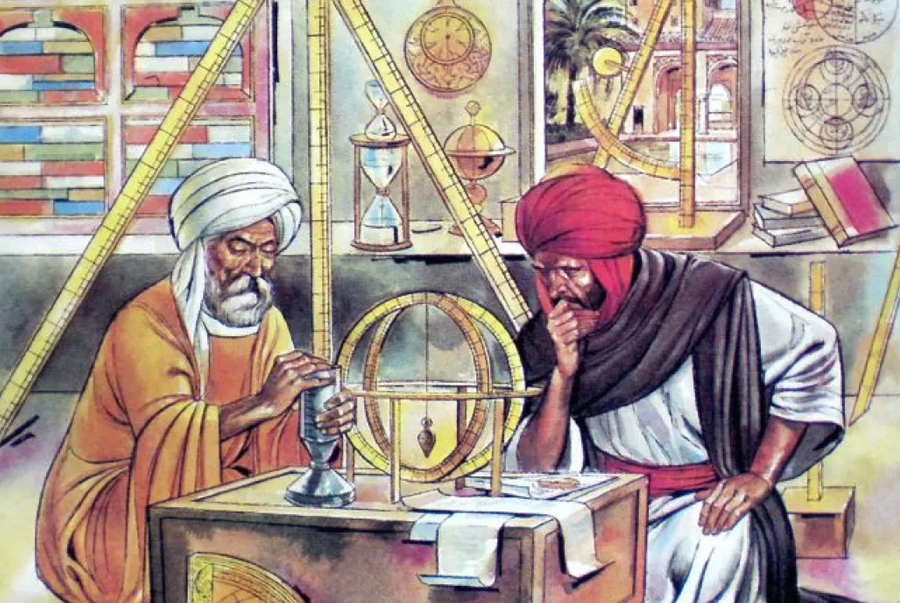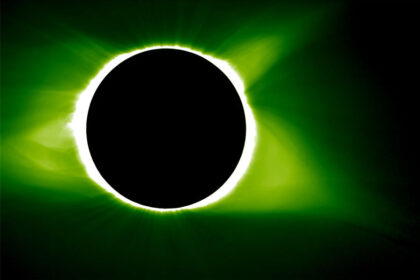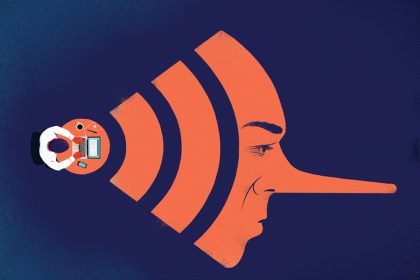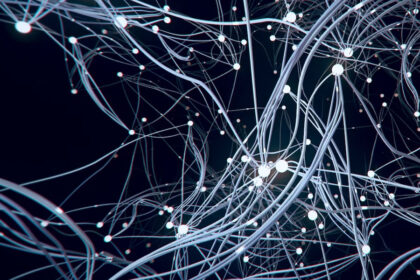Hi readers, have you ever asked yourself a question, “Why science decline in a civilization that flourished for a thousand years? No other civilization on the planet earth has flourished that long then, what happened?
One answer is that humiliating encounters with Western colonial powers in 19th century produced a hunger for Western science and technology that prompted the occupying forces to modernize Eastern educational systems to include western science, arguing
“that Muslims would only be reclaiming their own since that the West had inherited from the Islamic world. Interesting, isn’t it?”
Malaysia, Jordan, Pakistan and even Saudi Arabia, adopted their modern science syllabus and started teaching science classes in English language instead of Arabic (the native language of Arabs) or Greek (in which Arabs acquired full command and grasp) languages. This was a major shift enforced upon Arabs and non-Arabs colonized by Western powers and one of the reasons of decline of Arab science.
Dr. Pervez Hoodbhoy: a Pakistani physicist and professor at Quaid-e-Azam University in Islamabad said in his book ”Islam and Science, Religious Orthodoxy and the Battle for Rationality” published in1991,
Muslims are seriously under-represented in science, accounting for less than 1% of the world’s scientists while they account for almost a fifth of the world’s population. Israel has almost twice as many scientists as the Muslim countries put together.
He attributes these conditions to an increasing emphasis on rote learning (memorizing) like of the Holy Quran. The notion that all knowledge is in the Holly Book (true but the book also encourages Muslim to analyze and question everything), but the way Quran is being taught to us is not producing creative persons who can analyze and question.
The notion is only created by those who neither possess in-depth knowledge of science nor of Quran to provide satisfactory answer(s) to certain scientific queries.
The fundamentalists (group of Muslim believing in rigid morality and aiming to return to the founding scriptures of Islam) criticize science because it is Western. What a shame? Such people doesn’t have even glimpses of the “Golden Age” of Arab science: an area where they are afraid of entering.
Their worth is only that, “whenever there is a scientific discovery, they immediately take its credit saying that the “Holy book has said this 1400 years ago”
Another view is of Fatima Mernissi: an internationally renowned writer of 16 books on “Islam, women in Muslim and civic society” according to which “the rise of conservative forms of Islamic philosophical theology silenced scientific minded natural philosophers”.
Between 9th and 12th, century, the Mu’tazila helped the growth of science in the Islamic world but eventually, Mu’tazila and their intellectual ancestors lost their influence on more conservative theology.
Did Al Ghazali kill science in Islam? is a widespread belief among orientalists for the decline of science in the Islamic world after Golden Age.
Orientalism is a style of “thoughts” based on metaphysics (a theorized reality outside of human sense perception or what cannot be reached) instead of epistemology (knowledge, its method, validity and scope).
The 11th, century work of Al-Ghazālī’: The Incoherence of the Philosophers (Tahāfut al-falāsifa) was considered a hateful critique because he strongly believed that metaphysical assumptions could not be demonstrated. Since, the book justified traditional religious views hence the Muslim intellectual life also became more traditional and less open to non-Muslim philosophical ideas which led to the decline of science in the Islamic world.
The book by George Saliba from Columbia University questioned these arguments (The classical narrative) saying, that
“can this prominent scholar of Islam or his famous book be held responsible single handedly for causing decline in scientific activities in the Muslim World”? Certainly not.
The historian challenged this classical narrative in the light of discoveries made in the second half of the twentieth century. For example, a strong connections between Ibn Al-Shatir: a famous Damascene astronomer of the 14th, century, and the Renaissance astronomer Copernicus. If Ghazali had killed science in Islam in the 11th, century then the work of Al-Shatir from the 14th century could not have been so influential on Copernicus’s work?
Saliba noted that most of the orientalists operate under the assumption that there must be a sharp conflict between religion and science. This paradigm is probably based on their European experience. To them, Al-Ghazali represents the orthodox tradition in Islam and with Tahafut, written in the late eleventh century, they assume that orthodox religious thought won a decisive victory over rational scientific thought. Hence, Islamic world did not produce anything significant in terms of scientific advancements.
To Saliba, both of these assumptions are false. First, the European paradigm of conflict between religion and science does not apply to the Islamic world.
Islam encourages rational and scientific inquiry. Therefore, Muslims see no undefeatable contradictions between their faith and natural laws. Hence, studying religion and studying natural sciences does not create a conflict for Muslims.
Secondly, many of the scientists in the Islamic world were also religious authorities at the same time. For example. Ibn Al-Nafis, Nasir Al-Din Al-Tusi, Qutb Al-Din Al-Shirazi, and Ibn Al-Shatir who lived in the 13th, and 14th, centuries and made important contributions to mathematics, astronomy, medicine, physics and philosophy were religious figures with side interests in sciences.
Contrary to the classical narrative, scientific advancements in the Islamic world did not stop or even slow down after Ghazali as the golden age of Islamic astronomy was in the post-Ghazali period from the 13th, to 16th, century.
Discoveries by Western historians of science in the second half of the 19th, century show that there are strong connections between Copernicus (16th, century) and Muslim astronomers from the 13th, and 14th, centuries, such as Nasir Al-Din Al-Tusi and Ibn Al-Shatir. Important scientific production in medicine also took place in the Islamic world in the post-Ghazali period.
These discoveries were shocking to many in the scholarly community who did not expect to find any transfer of knowledge from Islamic civilization to Europe in the post-Ghazali period.
According to Saliba, a major reason for modern historians of science to have missed the large amount of scientific production in Islamic world in the post-Ghazali period is the damage caused by the classical narrative. Most historians simply weren’t looking for it because the classical narrative stipulated that science in Islam was dead after Ghazali. Even though some new discoveries have been made, there are still many scientific works waiting to be studied from that period.
The study of law (fiqh) was more suppressing for science in the Islamic world than developments in theology.
The eleventh century witnessed changes in Islamic law (fiqh) that discouraged dissenting thoughts as lack of accepted view and declared it as apostasy (Irtdad or Murted: the abandonment or renunciation of a religious or political belief or principle from Islam (zandaqa or Murteden) which is punishable by death.
Al-Ghazālī himself considered violation of three core doctrines: monotheism, prophecy of Muḥammad PBUH and resurrection after death as zandaqa. Considering dissenting thoughts as apostatic created an unbearable climate for science.
When science and technology was embedding its roots firmly in the Western society in mid19th, century, Muslim empires were deteriorating and colonizing which encouraged linkage of scientific ideas with European colonialism and thus met with distrust.
The long-lasting association between
Western culture, colonialism, and science created conflicting views of the relationship between science and religion in Muslim countries.
However, despite this negative association between science and Western modernity, literature on science and religion by Muslim scholars kept emerging due mostly to the efforts of scientists.
The physicist Nidhal Guessoum (Algerian professor of astrophysics at the American University of Sharjah, UAE) believes that science and religion are not only compatible, but in harmony.
He rejects the idea of treating the Qurʾān as a scientific encyclopedia, something other Muslim authors tend to do. He obeys impossible-conflict principle, outlined by Ibn Al Rušd which says, “there can be no conflict between God’s word (properly understood) and God’s work (properly understood). If an apparent conflict arises, the Qurʾān may not have been interpreted correctly.
There is yet another viewpoint and that is of “Religion and the rise and fall of Islamic Science” expressed by Eric Chaney: Associate Professor of Economic History at the University of Oxford. He is of the view that,
“Once, Islamic world stood at the front line of scientific and technological production during the medieval period, today it produces a disproportionately small share of world scientific output”
He provided experimental investigation of the scientific evolution in the Islamic world over a millennium. The results suggests that,
“A surge in the political power of religious leaders in the late 11th, century caused a decline in scientific production. He think that these newly empowered religious leaders worked to limit the study of scientific topics because they believed that unrestricted study of science will encourage Muslims to adopt rationalistic interpretations of Islam and will disregard their teachings. Thus, religious leaders altered the institutional framework in order to develop an education system that both discouraged scientific research and rewarded obedience to the authority (pl. look around and see what’s happening).
The results furthers suggests, that religious elites will rent-seek (an act of growing one’s existing wealth without creating new wealth by manipulating the social and political environment.) unless otherwise constrained. The available evidence suggests that this increase in political power may have been part of the emergence of a broader institutional framework in which religious leaders had a larger degree of influence over civil society than they possessed in the pre-Revival period (how true).
The concluding remarks suggests that i. during the Golden Age, many Muslims adhered to an interpretation of Islam based on reason which has been viewed as a precursor to the ‘natural religion’ backed by some enlightened thinkers which seem to have lost favor after Revival and ii. religious leaders discouraged these rationalistic interpretations to define a new “orthodoxy” emphasizing obedience to the authority, mysticism and faith which the religious leaders preferred because it enhanced their societal influence”.
Isn’t it eye opener dear readers? Please make your own conclusion.
See you next week. Till then, take care,
Bye.






2 Comments
Farooqe Azam
January 4, 2023 at 2:17 amGreat analysis resulting from serious insight
shafqat
January 21, 2023 at 7:09 amIt is precisely because no publication is required for submitting MSc,. (Ph.D.,) thesis which are in hundreds all based on 99.99% cooked data yet it is thesis and according to PCST criteria thesis has weightage. That is the only way, those sitting in academic institutions become eligible for RPA.